Editor’s Note: In his first post, Jon Gathje wondered if there might be a Lutheran contribution to theological aesthetics. Here, in this second post, Gathje teases out several ideas along these lines.
“God himself must be present in every single creature in its innermost and outermost being, on all sides, through and through, below and above, before and behind, so that nothing can be more truly present and within all creatures than God himself with his power.”[1]
In a previous post, I lamented the relative absence of a confessional Lutheran contribution to the field of aesthetics. I hope that some of these thoughts might have some resonance with those who are working in the field (Dan Siedell, Robert Jenson, and Ben Stewart have had many excellent things to say about art, culture, and ecology). Having very briefly introduced the topic of “ubiquity”—Christ’s eternal and eternally expansive spiritual and physical presence in the world—the question was posed: What might this confessional Lutheran theology bring to the table?
The argument could be made that no statement of Luther’s has been more ignored, misconstrued, or railed against. Writing against the likes of Zwingli and the Radical Reformers on one side and the ‘papists’ on the other, Luther struck out on a potently unique path. Surely Christ was present in the body and blood of the Sacrament. This was no mere remembrance, as Luther recalled His words, “This is my body,” but neither was the philosophical justification of the Catholics (i.e., transubstantiation) an appropriate response. Instead, for Luther, “He who descends is the same who ascended far above all the heavens, so that he might fill all things.”[2] Christ, both fully human and fully divine is always present—in the bread, in the wine, and everywhere.
But, with this cosmological statement of Christ’s presence in all places, Luther’s understanding of humanity also plays powerfully. Fallen humanity, hopelessly turned in on itself, can never hope to recognize this shot-through presence of Christ-in-the-world—until new eyes are given to see and new ears are given to hear through Baptism and the Eucharist. What Christ has given on the Cross—His very self—is shared with us through the great mirablis mutatio: the “happy exchange.”[3]
Whither art, aesthetics, music, creation, in all of this? Viewed through the incarnation, the ubiquity of Christ extends to all of those sense-filled, aesthetic events and experiences of the created world. The physical world is filled with the presence of Christ, and thus has “drawn its sap precisely from the mystery of the incarnation.”[4] We also have been lifted up through Christ in Baptism, in the Eucharist, and in the “happy exchange.”
No longer is this only a question of God’s presence-in-the-world, but one of revelation! The ubiquity of Christ, the incarnation, and the presence of God in the world make the bold statement that “every little thing and being in nature becomes thereby a trace of God and an evangelistic proclamation.”[5] As the fully human and divine body of Christ is received in the bread and the wine, so also is it present in creation and in the created things of the world. The artistic and aesthetic creation does much more than merely refer symbolically. That to which it refers—Christ—is actually present.
Luther takes seriously the profound importance of the created world and the tangible “stuff” of nature—including human bodies. Doctrine, right belief, pious notions, and aesthetic feelings are brought into conversation with the flesh and blood of the created world.
Two final thoughts: First, while the physical world—particularly our creative endeavors as artists, musicians, filmmakers, carpenters, etc.—does function as revelatory, it is always flowing from and underwritten by the creative action of a creative God. Second, art remains incapable of the revelation of God’s presence-made-known to us without the first action of Christ.
A theology of revelation, a theology of God’s presence, and a theology of God’s experience are always underwritten by Christology. There is no secondary theology to argue for God’s presence and revelation in the world other than that which has been revealed through the creative and ubiquitous action of God in the incarnation.
Jon Gathje is a second-year PhD student at Fuller Seminary in Pasadena, CA (USA). He is a professional singer and music teacher, and also works closely with the Brehm Center for Worship, Theology, and the Arts. The majority of his time is spent wondering what exactly a Lutheran aesthetic might look like.
[1] Luther’s Works 37:58.
[2] Ephesians 4:10, NRSV.
[3] Luther’s Works 17:225.
[4] John Paul II, “Letter of His Holiness Pope John Paul II to Artists,” Libreria Editrice Vaticana; Online: http://www.vatican.va/holy_father/john_paul_ii/ letters/documents/hf_jp_ii_let_23041999_artists_en.html (accessed May 19, 2013).
[5] Johann A. Steiger, “The Communicatio Idiomatum As the Axle and Motor of Luther’s Theology,” in Lutheran Quarterly 13:2, trans. by Carolyn Schneider (2000), 140.

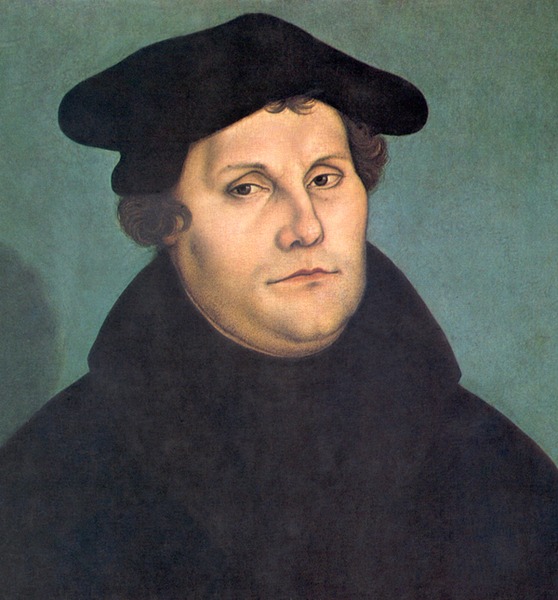
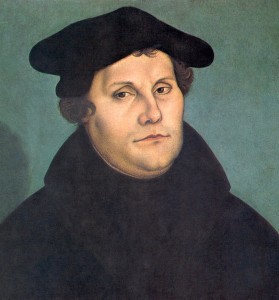
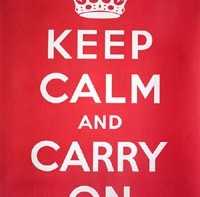
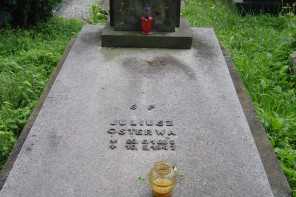

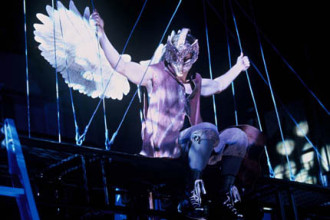
I confess I am not familiar with Luther’s work. From the above quote: “God himself must be present in every single creature in its innermost and outermost being ….” Luther’s position seems to be close to a pantheistic view of the divine i.e. whatever we experience as non-divine reality is really a subdivision of the divine reality which is both infinite and all-encompassing. But am I misinterpreting Luther?
The Biblical view of creation is that there is a fundamental discontinuity between the creator God and all else which is his creation, i.e. the divine is not part of the universe nor is the universe part of the divine. This is not to say that God does not reveal himself. Rather (to quote R Clouser in The Myth of Religious Netrality) “his presence and communication are always accommodated to human understandings … normal human faculties; he designed humans so that their capacities to experience and know would be able to receive his revelation as well as understand his world so as to serve him in it.”
In this view the ‘faculty’ of the aesthetic is (along with the sensory/logical/lingual/social/historical/ethical etc faculties) one of the ways we humans receive God’s revelation.
Gillian-Thanks for your comments. A few thoughts that I have. First, I believe that if one were to use the terminology of pantheism, it would more likely be described as panentheism. I’m wondering if you could say more about the ‘fundamental discontinuity’ between the creator God and creation. Whither the incarnation in that statement?